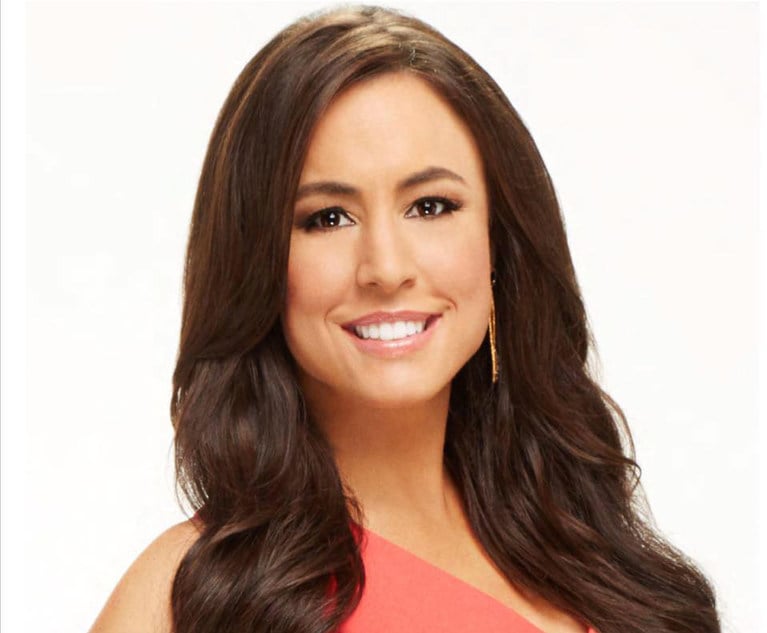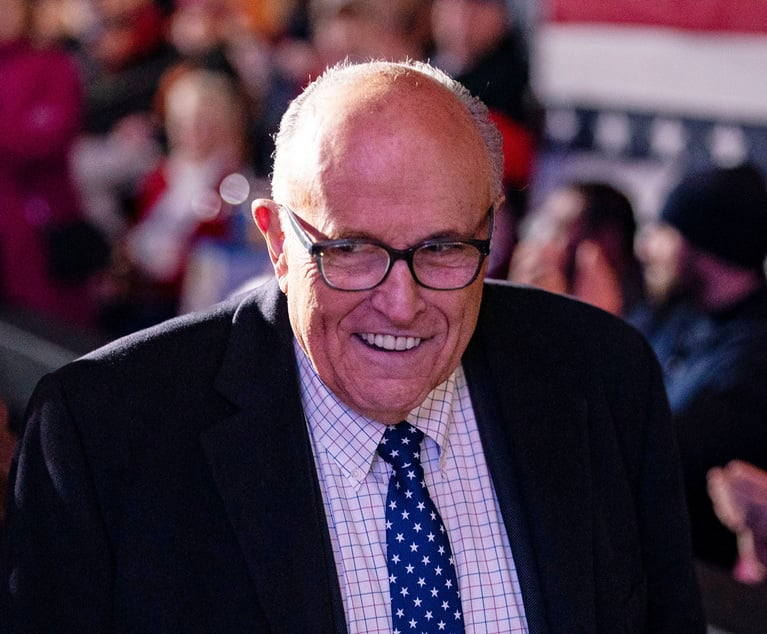 Motions to disqualify counsel are orchestrated for two primary reasons: Either an attorney or law firm have been unduly abusive or they have been so effective in defending or prosecuting a case that their adversaries want them off of it. Disqualification motions are left to the discretion of the trial judge. They are rarely granted because they threaten a client’s Constitutional right to be represented by the advocate of their choice.
Motions to disqualify counsel are orchestrated for two primary reasons: Either an attorney or law firm have been unduly abusive or they have been so effective in defending or prosecuting a case that their adversaries want them off of it. Disqualification motions are left to the discretion of the trial judge. They are rarely granted because they threaten a client’s Constitutional right to be represented by the advocate of their choice.
In some cases, disqualifications are sought based upon a conflict where, for example, an attorney representing a party has previously represented an opposing party or witness or is doing so during the case itself. In rare occasions a conflict may arise where the attorney is a party or a witness. Most of these cases are resolved by brief proffers and waivers by a client whose interests may be affected by the appearance of a conflict. In state courts, they may be resolved by a hearing pursuant to People v. Gomberg, 38 N.Y.2d 307 (1975) and in a federal case by the application of United States v. Curcio, 680 F.2d 881 (1982). The ruling with respect to conflicts are both discretionary and mandatory. They may be based upon an appearance of impropriety which is sometimes resolved by joint defense agreements or in still rarer cases by the appointment of counsel to review the situation and report to the court. The review usually involves appointed counsel interviewing the affected party to determine whether they have been advised about the nature of the potential conflict and whether they have knowingly waived it. It is never the case that witnesses are called in a so-called evidentiary hearing because the conflict, if any, is factual and can be decided by a simple voir dire and as a matter of law.






